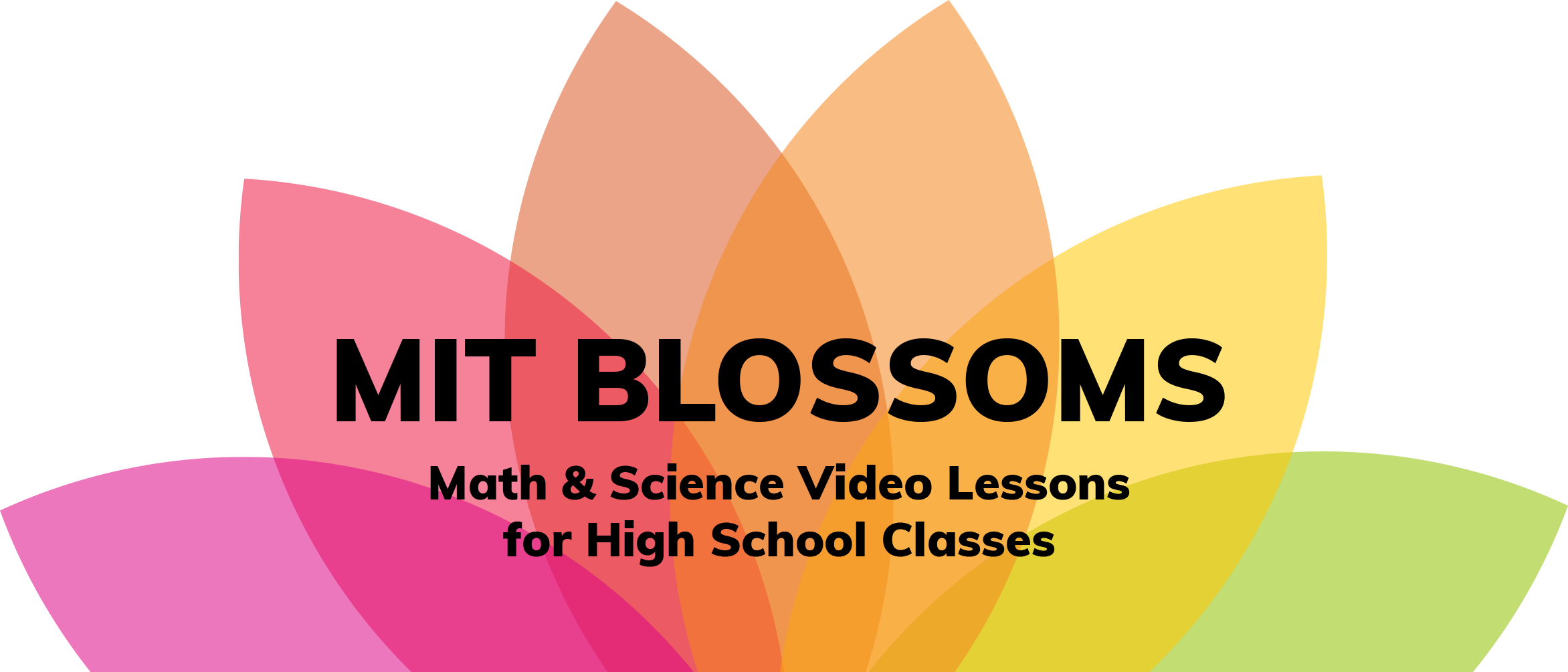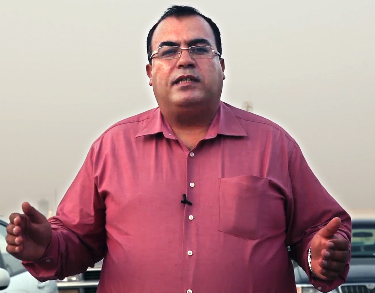Selfish Drivers: The Braess Paradox and Traffic Planning
Selfish Drivers: The Braess Paradox and Traffic PlanningArabic
Instructors
Dr. Jawad Y. Abuhlail
Associate Professor (Algebra)
Department of Mathematics and Statistics
King Fahd University of Petroleum and Minerals (KFUPM)
Dhahran, Saudi Arabia
*This video was sponsored by Saudi Aramco and produced by Sultan Bin Abdel Aziz Science & Technology Center


